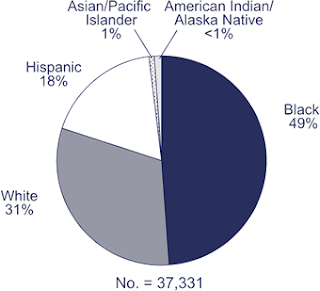World War II, or the Second World War (often abbreviated as WWII or WW2), was a global military conflict lasting from 1939 to 1945, which involved most of the world's nations, including all of the great powers, organized into two opposing military alliances: the Allies and the Axis. It was the most widespread war in history, with more than 100 million military personnel mobilized. In a state of "total war," the major participants placed their entire economic, industrial, and scientific capabilities at the service of the war effort, erasing the distinction between civilian and military resources. Marked by significant events involving the mass death of civilians, including the Holocaust and the only use of nuclear weapons in warfare, it was the deadliest conflict in human history, resulting in 50 million to over 70 million fatalities.

The war is generally accepted to have begun on 1 September 1939, with the invasion of Poland by Germany declarations of war on Germany by France and most of the countries of the British Empire Common wealth. Germany set out to establish a large German empire in Europe. During 1939 to early 1941, in a series of successful military campaigns and political treaties, Germany conquered or politically subdued most of continental Europe apart from the Soviet Union. Britain and the Commonwealth remained the only major force continuing the fight against the Axis in North Africa and in extensive naval warfare. In June 1941, the European Axis launched an invasion of the Soviet Union, giving a start to the largest land theatre of war in history, which, from this moment on, was tying down the major part of the Axis military power. In December 1941, Japan, which had already been at war with China since 1937, and which aimed to establish a dominance over East Asia and Southeast Asia, attacked the United States and European possessions in the Pacific Ocean, quickly conquering a significant part of the region.
The Axis advance was stopped in 1942 after the defeat of Japan in a series of naval battles and after devastating defeats of European Axis troops in North Africa and at Stalingrad. In 1943, with a series of German defeats in Eastern Europe, the Allied invasion of Fascist Italy, and American victories in the Pacific, the Axis had lost strategic initiative and passed to strategic retreat on all fronts. In 1944, the Western Allies invaded France, whereas the Soviet Union regained all territorial losses and invaded the territory of Germany and its allies. The war in Europe ended with the capture of Berlin by Soviet troops and subsequent German unconditional surrender on 8 May 1945. By that time, the Japanese Navy was defeated by the United States, and invasion of the Japanese Archipelago ("Home Islands") became imminent.

The war ended with the total victory of the Allies over Germany and Japan in 1945. World War II left the political alignment and social structure of the world significantly altered. While the United Nations (UN) was established to foster international cooperation and prevent future conflicts (such as World War III), the Soviet Union and the United States emerged as rival superpowers, setting the stage for the Cold War, which would last for the next 46 years. Meanwhile, the influence of European great powers started to decline, while the decolonization of Asia and of Africa began. Most countries whose industries had been badly damaged began moving toward economic recovery and across the world political integration emerged in an effort to peacefully stabilize after-war relations.









